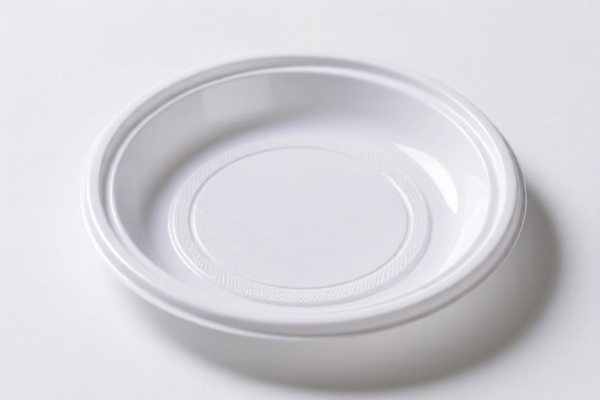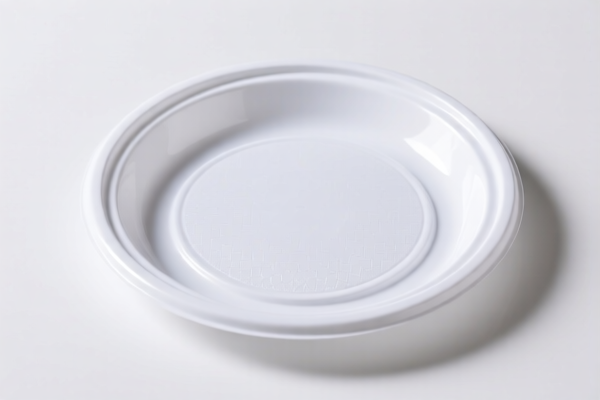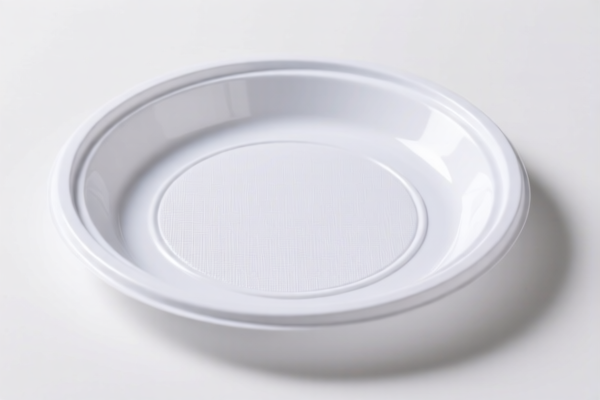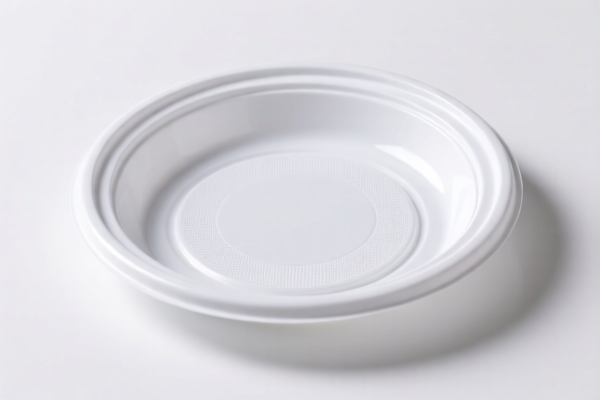| HS Code | Official Doc | Tariff Rate | Origin | Destination | Effective Date |
|---|---|---|---|---|---|
| 7326908688 | Doc | 82.9% | CN | US | 2025-05-12 |
| 7308907000 | Doc | 80.0% | CN | US | 2025-05-12 |
| 3926903000 | Doc | 59.2% | CN | US | 2025-05-12 |
| 3926909989 | Doc | 42.8% | CN | US | 2025-05-12 |
| 3920995000 | Doc | 60.8% | CN | US | 2025-05-12 |
| 3920991000 | Doc | 61.0% | CN | US | 2025-05-12 |




Baffle Plate
A baffle plate is a rigid component used to control fluid flow within a container or system. They are employed across a diverse range of applications, primarily to modify flow patterns, promote mixing, prevent splashing, and enhance heat transfer.
Material
Baffle plates are constructed from a variety of materials depending on the application's demands, including:
- Stainless Steel: Common for its corrosion resistance, durability, and suitability for hygienic applications (food processing, pharmaceuticals). Grades 304 and 316 are frequently used.
- Carbon Steel: A cost-effective option for less corrosive environments. Often coated for protection.
- Aluminum: Lightweight and good thermal conductivity, suitable for heat exchangers and lower temperature applications.
- Plastics (e.g., Polypropylene, PTFE): Used in applications requiring chemical resistance or non-metallic construction.
- Other Alloys: Specific alloys are employed for specialized applications demanding particular properties (e.g., high temperature resistance, exotic chemical compatibility).
Purpose & Function
The core purpose of a baffle plate is to alter the flow regime of a fluid. This is achieved through several key functions:
- Flow Control: Redirecting fluid paths to increase residence time, prevent short-circuiting, and ensure uniform distribution.
- Mixing Enhancement: Creating turbulence and promoting better mixing of fluids, particularly in tanks and vessels.
- Splashing Prevention: Reducing or eliminating splashing during filling, emptying, or agitation processes.
- Heat Transfer Improvement: Increasing the contact area and turbulence between fluids and heat transfer surfaces (e.g., in shell-and-tube heat exchangers).
- Support: Providing structural support for internal components.
Usage Scenarios
Baffle plates find application in a wide variety of industries and systems:
- Chemical Reactors: Promote mixing and uniform reaction conditions.
- Storage Tanks: Prevent sloshing, aid in stratification control, and improve heat transfer.
- Heat Exchangers (Shell-and-Tube): Direct fluid flow across tubes to maximize heat transfer efficiency. Different baffle cuts (segmental, disc-and-doughnut, helical) are used depending on the application.
- Settling Tanks: Improve sedimentation by reducing flow velocity and promoting particle settling.
- Distillation Columns: Enhance vapor-liquid contact and separation efficiency.
- Evaporators: Promote uniform boiling and prevent fouling.
- Pharmaceutical Processing: Maintain sterility and promote mixing in bioreactors and vessels.
- Food and Beverage Industry: Used in mixing tanks, evaporators, and cooling systems.
Common Types
Baffle plate designs vary significantly based on the specific application:
- Segmental Baffles: The most common type, consisting of curved plates arranged in a circular pattern within a shell. Varying cut (full, single-segment, double-segment, triple-segment) affects flow patterns.
- Disc-and-Doughnut Baffles: Consist of alternating discs and doughnut-shaped rings. Used in situations requiring high turbulence.
- Helical Baffles: Spiral-shaped plates that induce swirling flow. Effective for high-viscosity fluids.
- Vertical Baffles: Installed vertically within a tank to prevent sloshing and promote longitudinal mixing.
- Horizontal Baffles: Installed horizontally to prevent transverse mixing.
- Orifice Baffles: Plates with holes used to control flow rate and promote turbulence.
- Rod Baffles: Arrays of rods used for mixing and flow control.
- Liquid Distribution Baffles: Designed to evenly distribute liquid flow across a surface.
Based on the provided information, baffle plates can potentially fall under several HS codes, depending on the material composition and specific application. Here's a breakdown of relevant codes:
-
7326908688: This code covers “Other articles of iron or steel: Other: Other: Other: Other Other”. This is a broad category for iron or steel articles. If the baffle plate is made of iron or steel and doesn’t fit into more specific classifications, this could be applicable. The total tax rate is 82.9%, comprised of a 2.9% base tariff, a 25.0% additional tariff, and a 30.0% additional tariff effective after April 2, 2025, plus a 25% additional tariff on steel and aluminum products.
-
7308907000: This code refers to “Structures (excluding prefabricated buildings of heading 9406) and parts of structures (for example, bridges and bridge sections, lock gates, towers, lattice masts, roofs, roofing frameworks, doors and windows and their frames and thresholds for doors, shutters, balustrades, pillars and columns) of iron or steel: Other: Steel grating”. If the baffle plate is considered a part of a larger structure, particularly if it resembles steel grating, this code might be suitable. The total tax rate is 80.0%, consisting of a 0.0% base tariff, a 25.0% additional tariff, and a 30.0% additional tariff effective after April 2, 2025, plus a 25% additional tariff on steel and aluminum products.
-
3926903000: This code covers “Other articles of plastics and articles of other materials of headings 3901 to 3914: Other: Parts for yachts or pleasure boats of heading 8903; parts of canoes, racing shells, pneumatic craft and pleasure boats which are not of a type designed to be principally used with motors or sails”. If the baffle plate is made of plastic and is a component of a yacht or pleasure boat, this code could apply. The total tax rate is 59.2%, comprised of a 4.2% base tariff, a 25.0% additional tariff, and a 30.0% additional tariff.
-
3926909989: This code covers “Other articles of plastics and articles of other materials of headings 3901 to 3914: Other: Other”. If the baffle plate is made of plastic and doesn’t fall into more specific categories, this could be applicable. The total tax rate is 42.8%, consisting of a 5.3% base tariff and a 7.5% additional tariff, increasing to a 30.0% additional tariff after April 2, 2025.
-
3920995000: This code covers “Other plates, sheets, film, foil and strip, of plastics, noncellular and not reinforced, laminated, supported or similarly combined with other materials: Of other plastics: Of other plastics: Other”. If the baffle plate is a plastic plate, sheet, film, or foil and doesn’t fit into more specific classifications, this code might be suitable. The total tax rate is 60.8%, consisting of a 5.8% base tariff, a 25.0% additional tariff, and a 30.0% additional tariff.
-
3920991000: This code covers “Other plates, sheets, film, foil and strip, of plastics, noncellular and not reinforced, laminated, supported or similarly combined with other materials: Of other plastics: Of other plastics: Film, strip and sheets, all the foregoing which are flexible: Over 0.152 mm in thickness, and not in rolls”. If the baffle plate is a flexible plastic film, strip, or sheet over 0.152 mm in thickness and not in rolls, this code could apply. The total tax rate is 61.0%, consisting of a 6.0% base tariff, a 25.0% additional tariff, and a 30.0% additional tariff.
It is important to determine the material composition (iron/steel or plastic) and the specific application of the baffle plate to select the most accurate HS code.
Customer Reviews
No reviews yet.